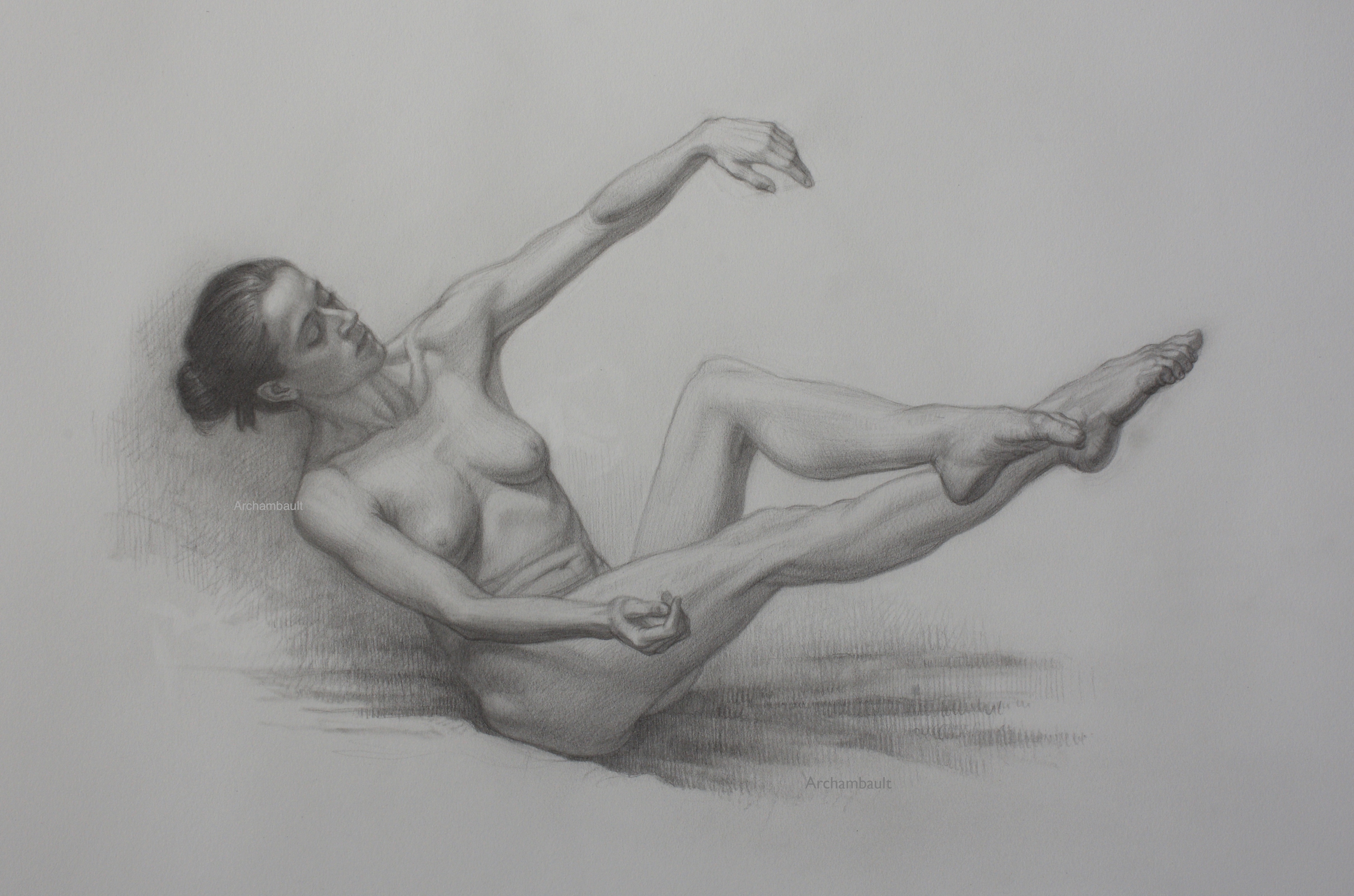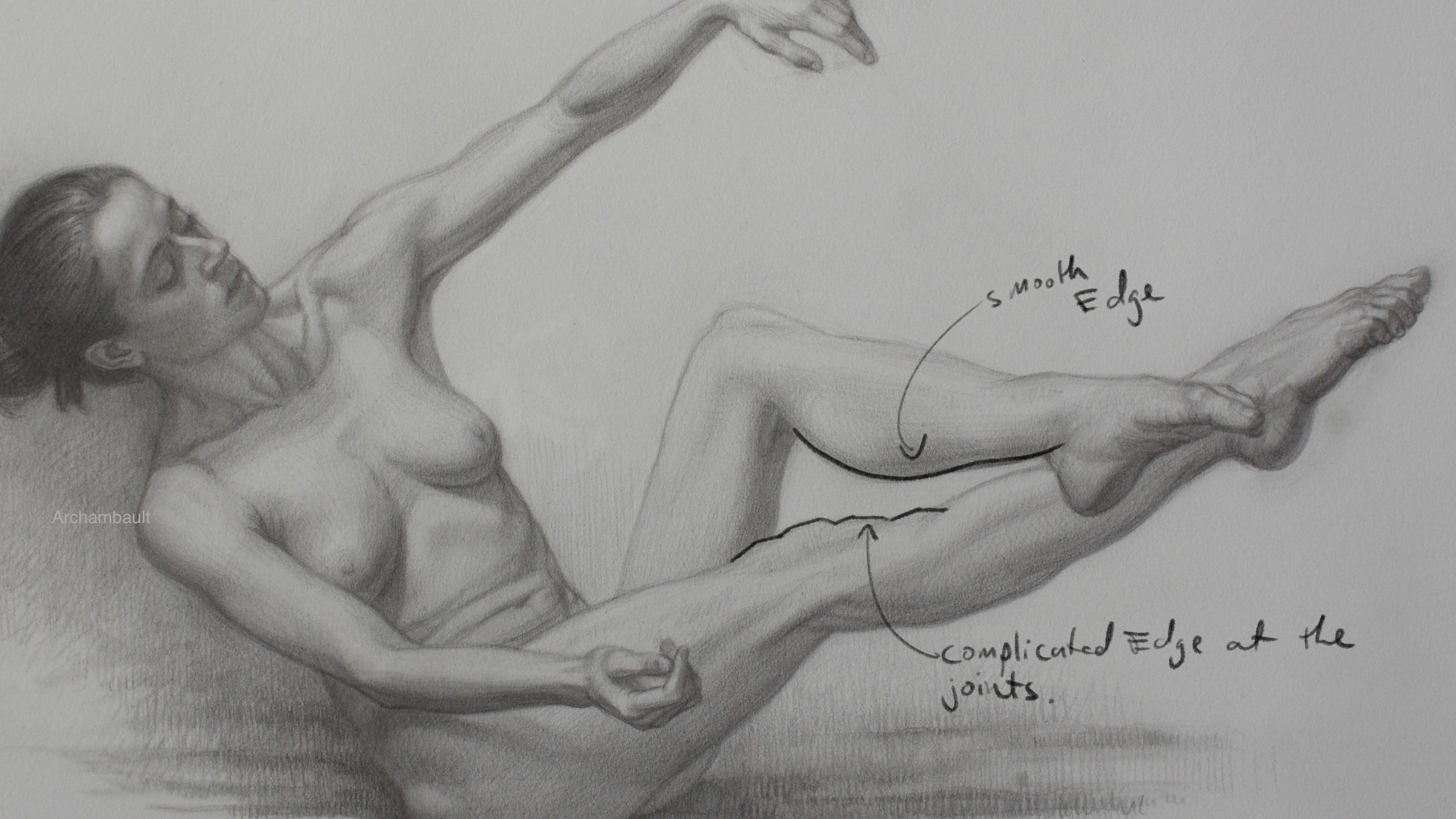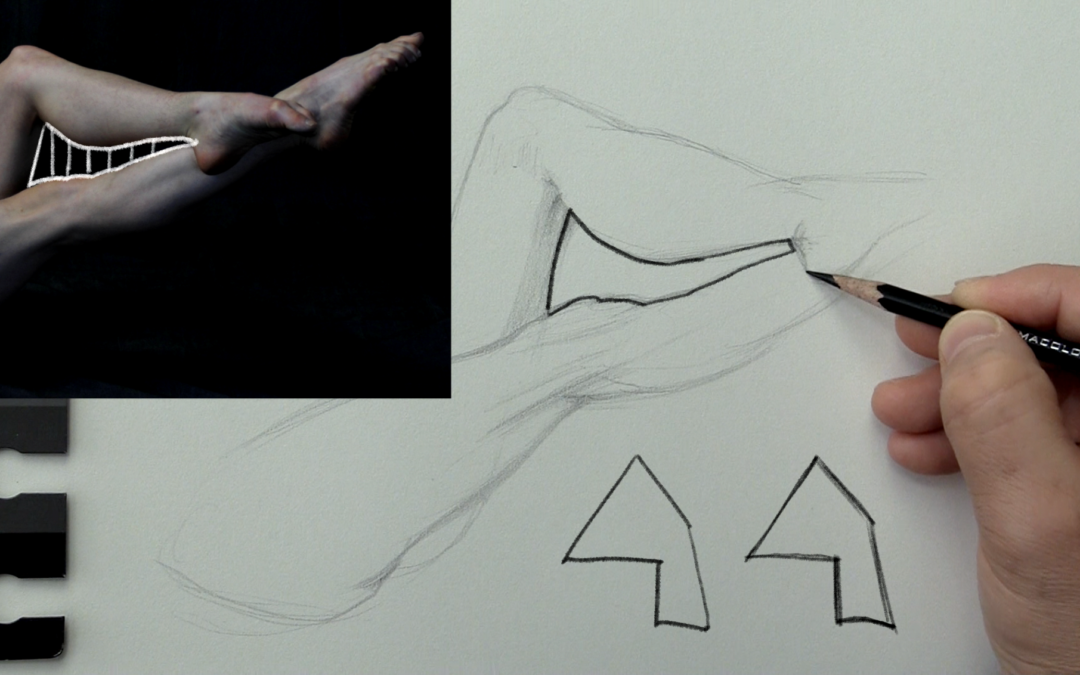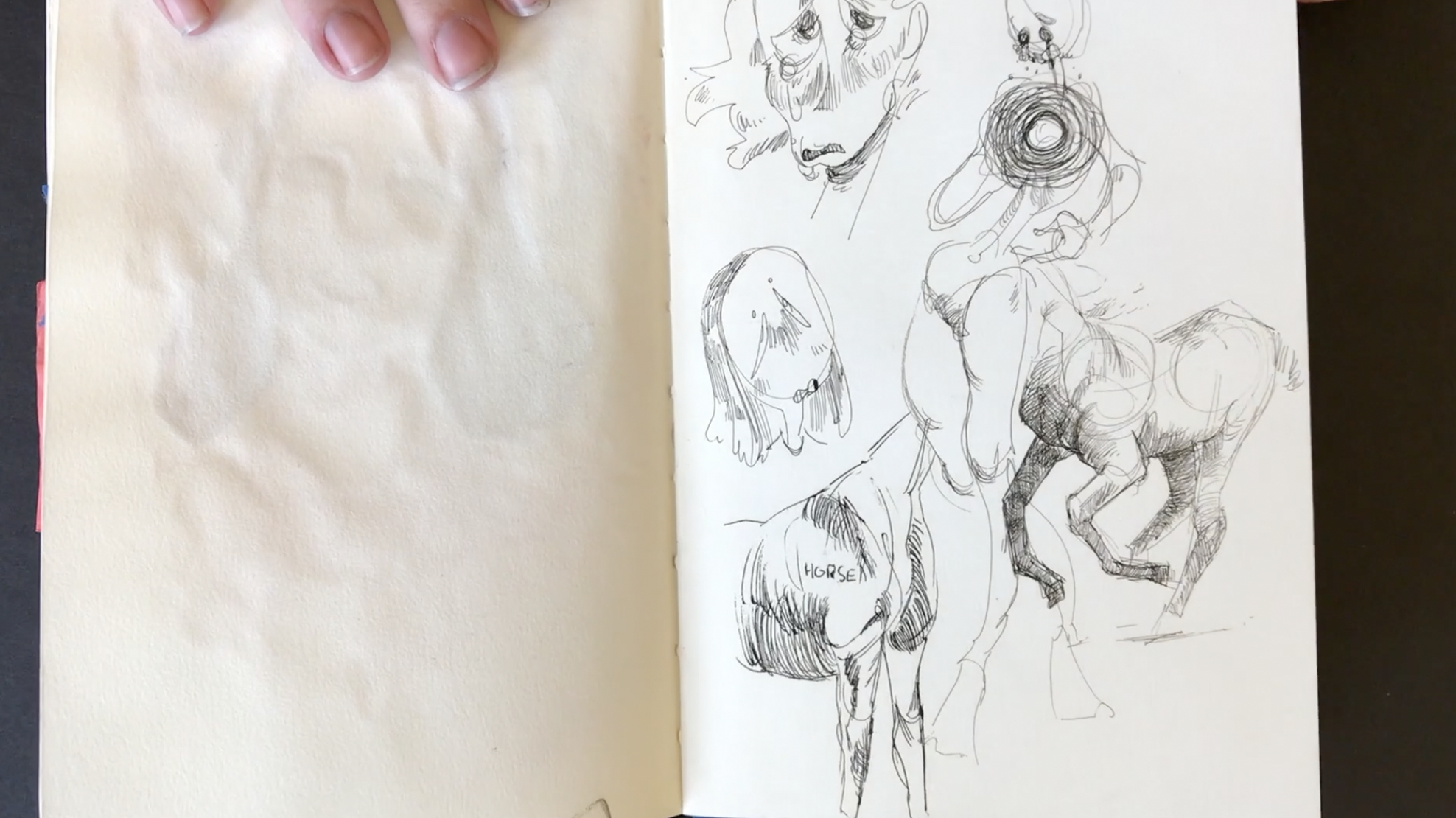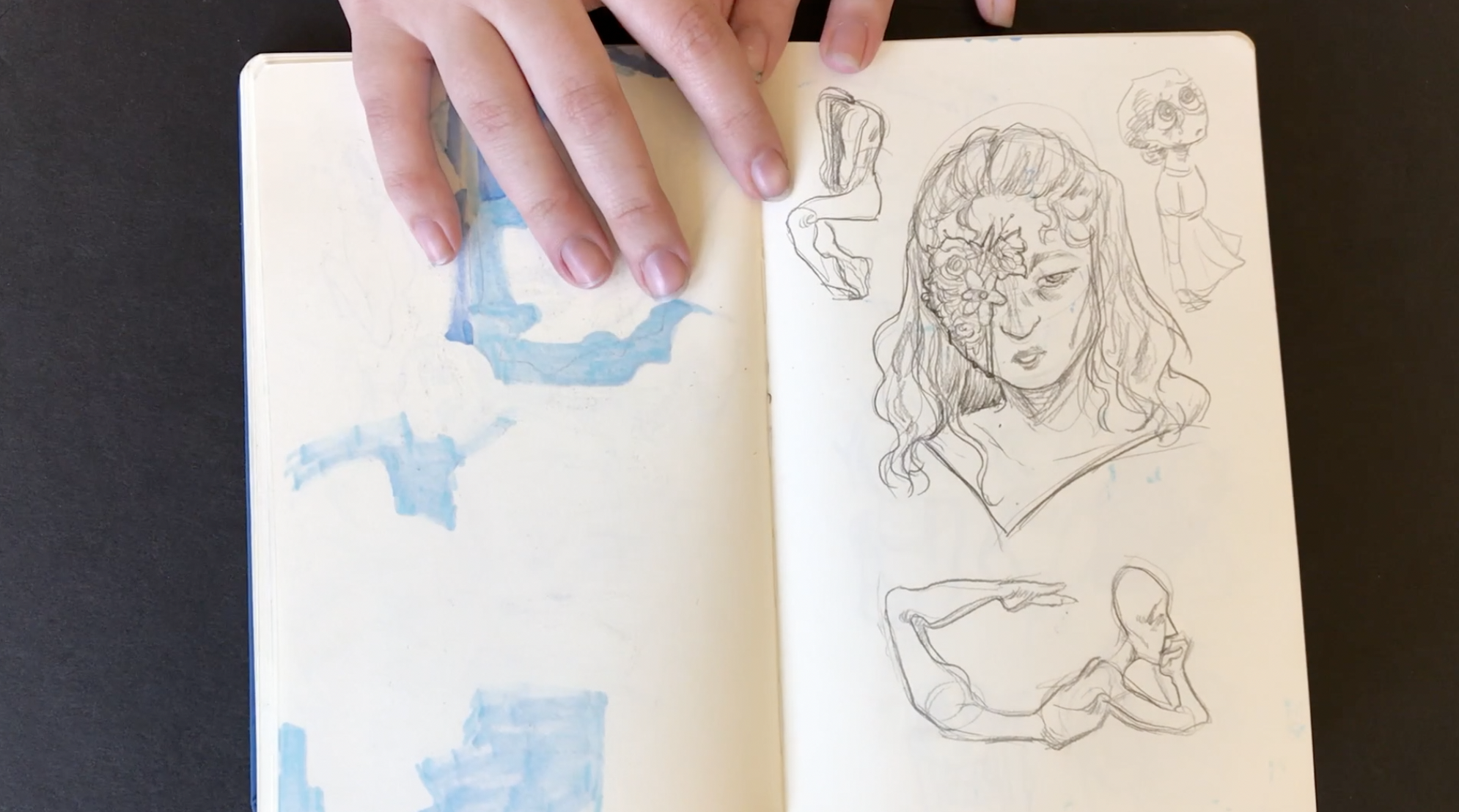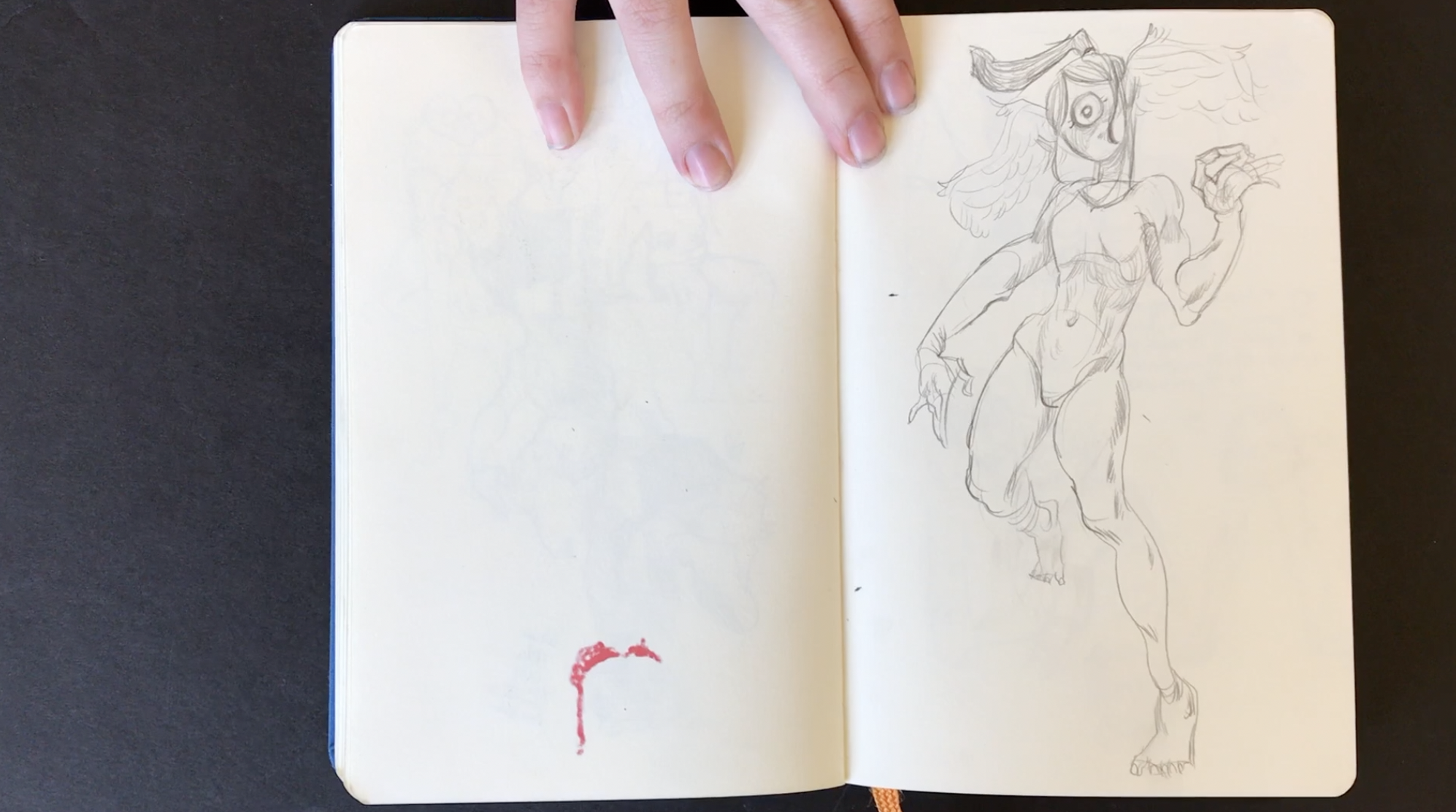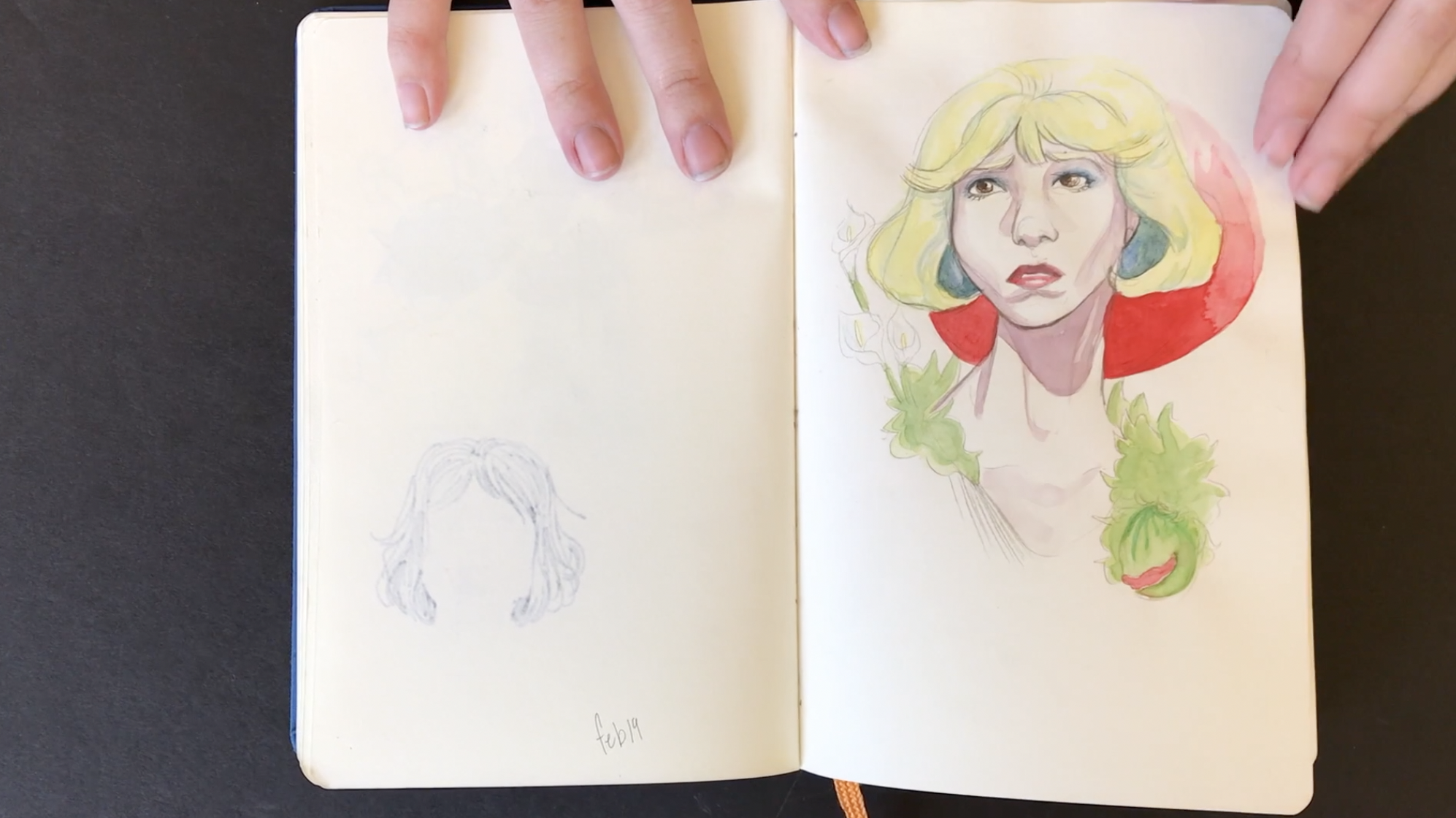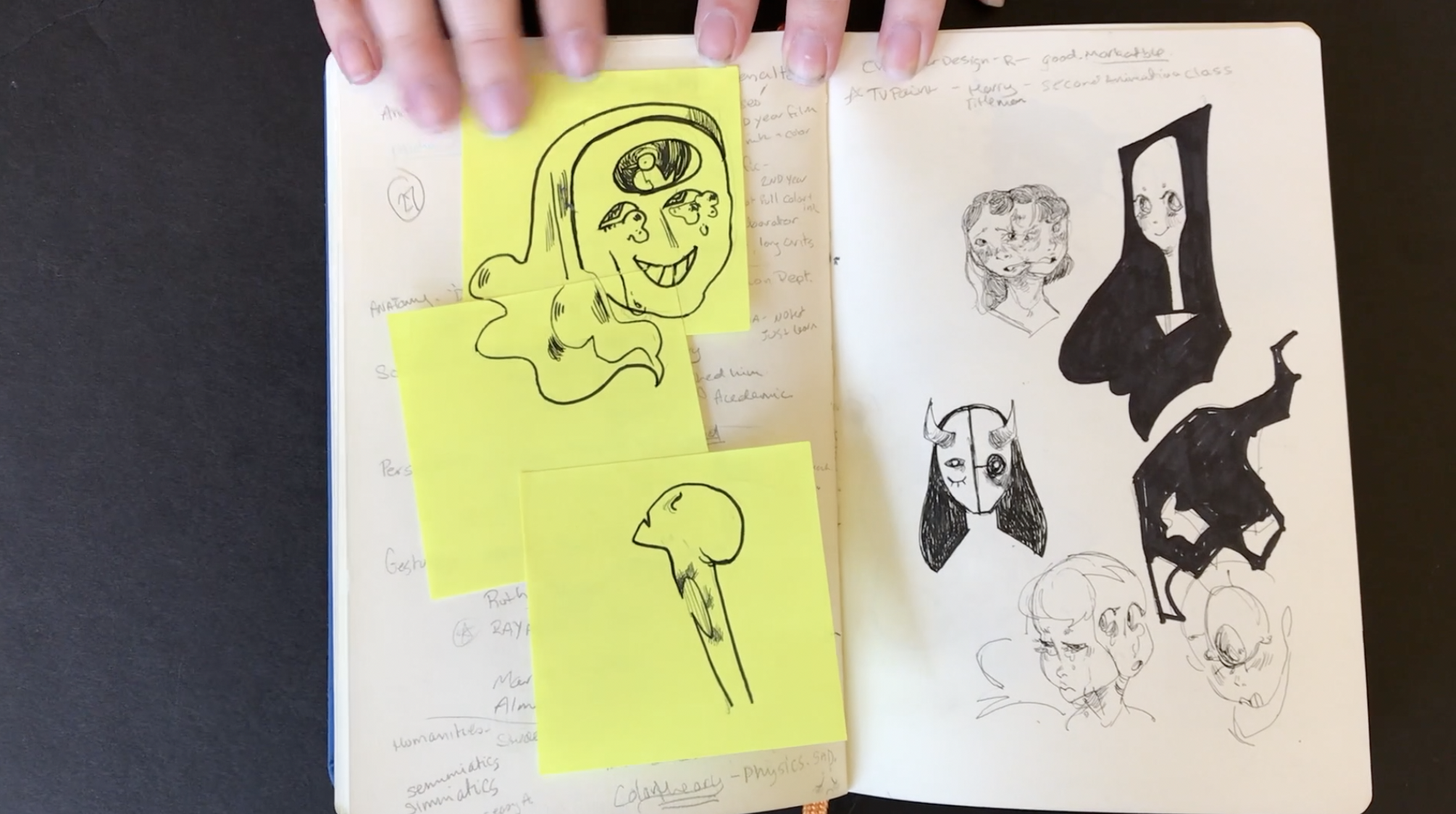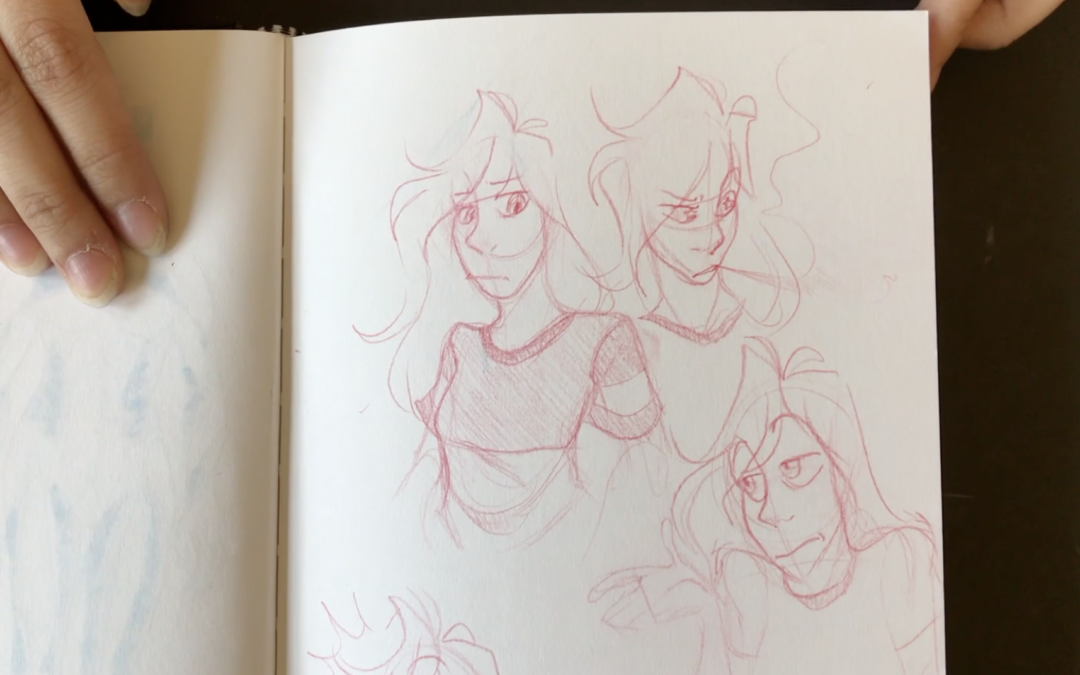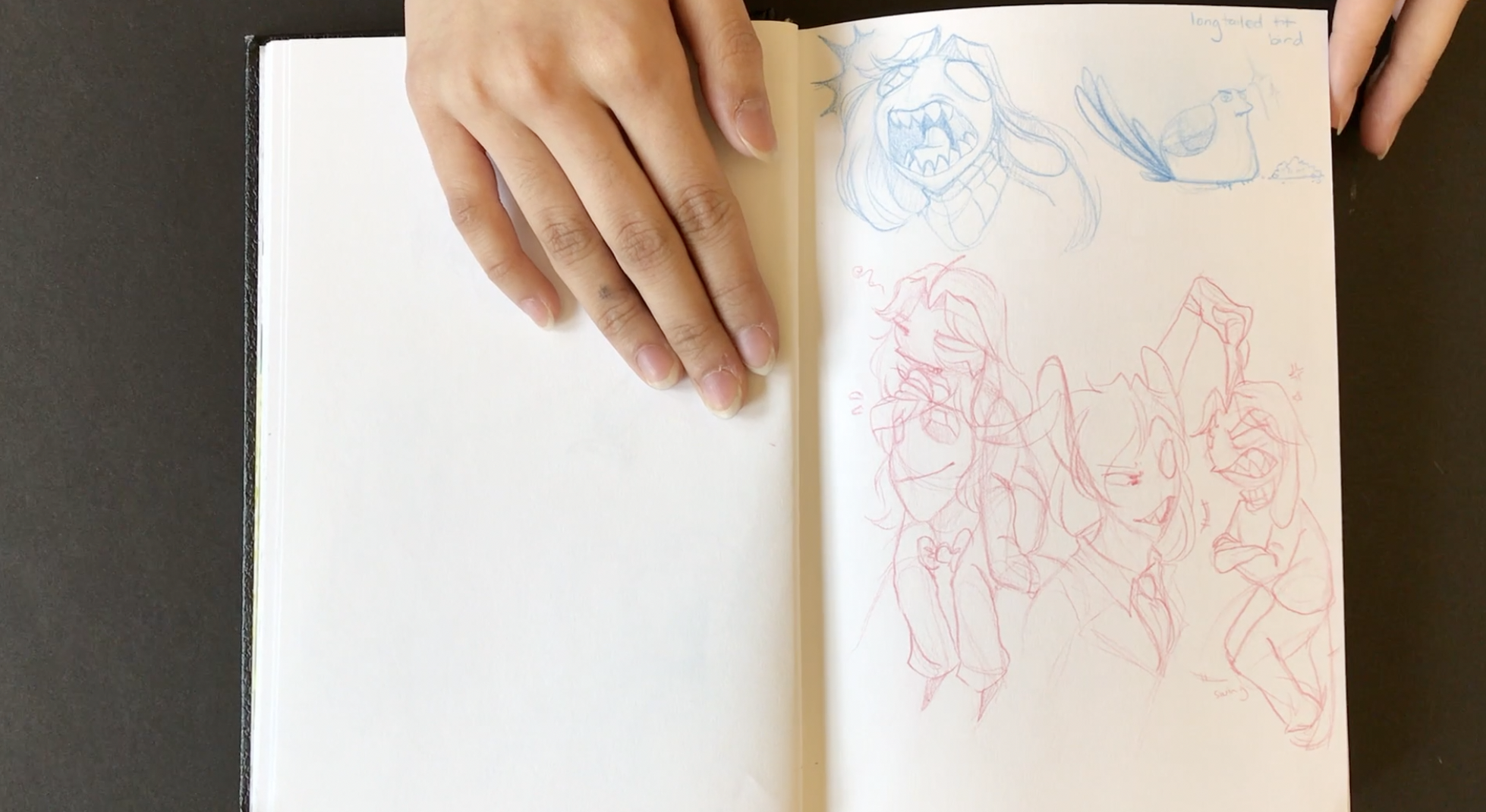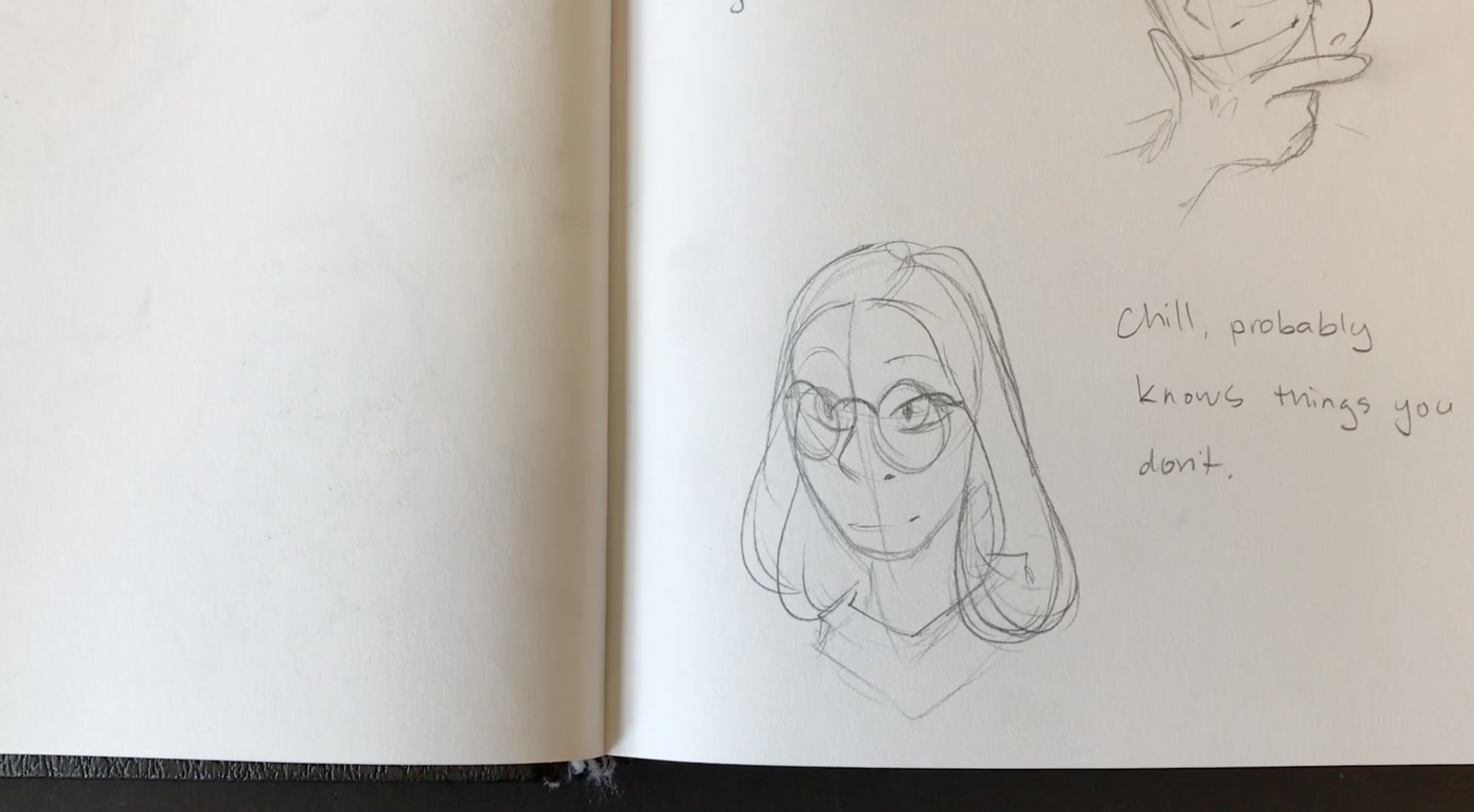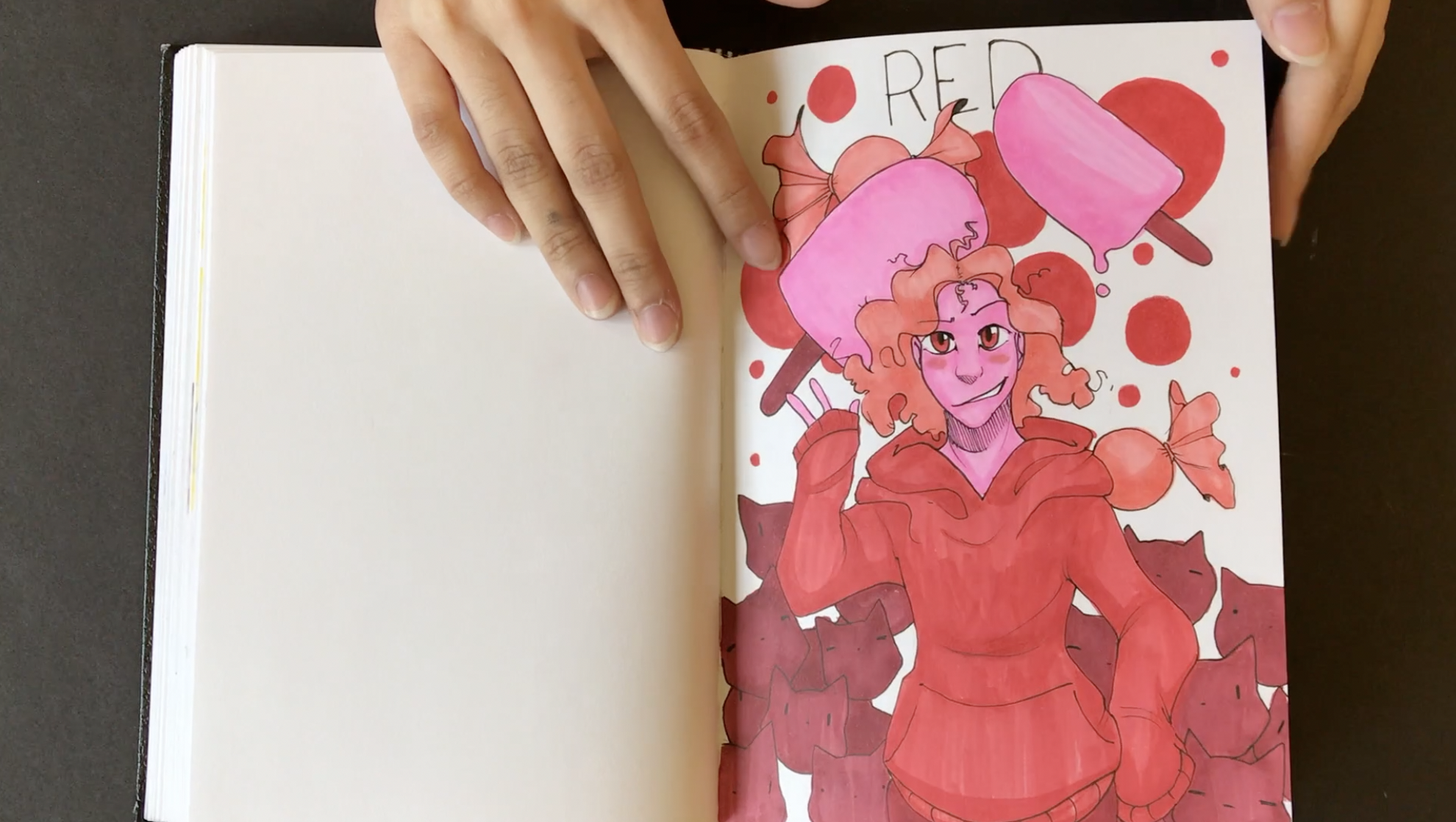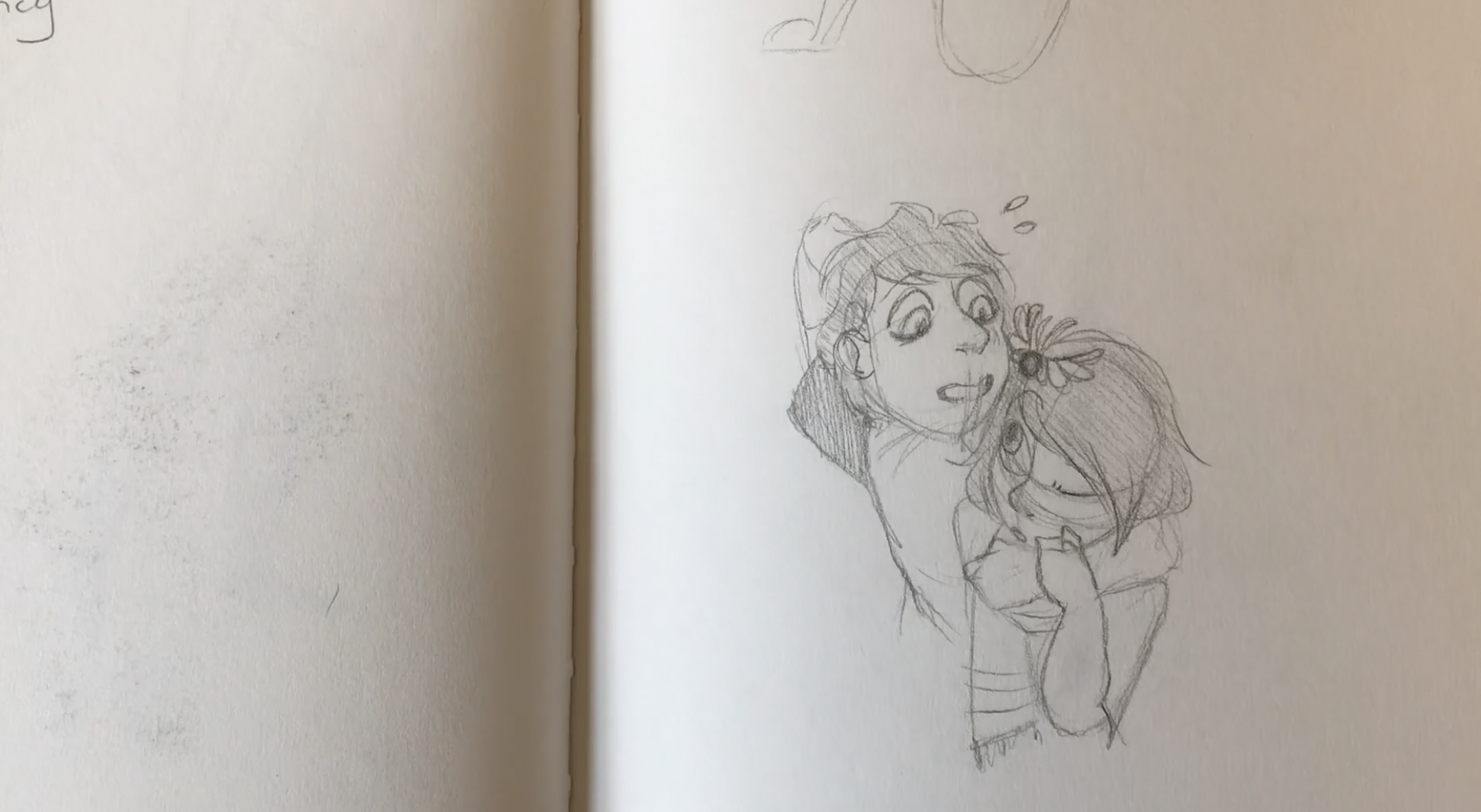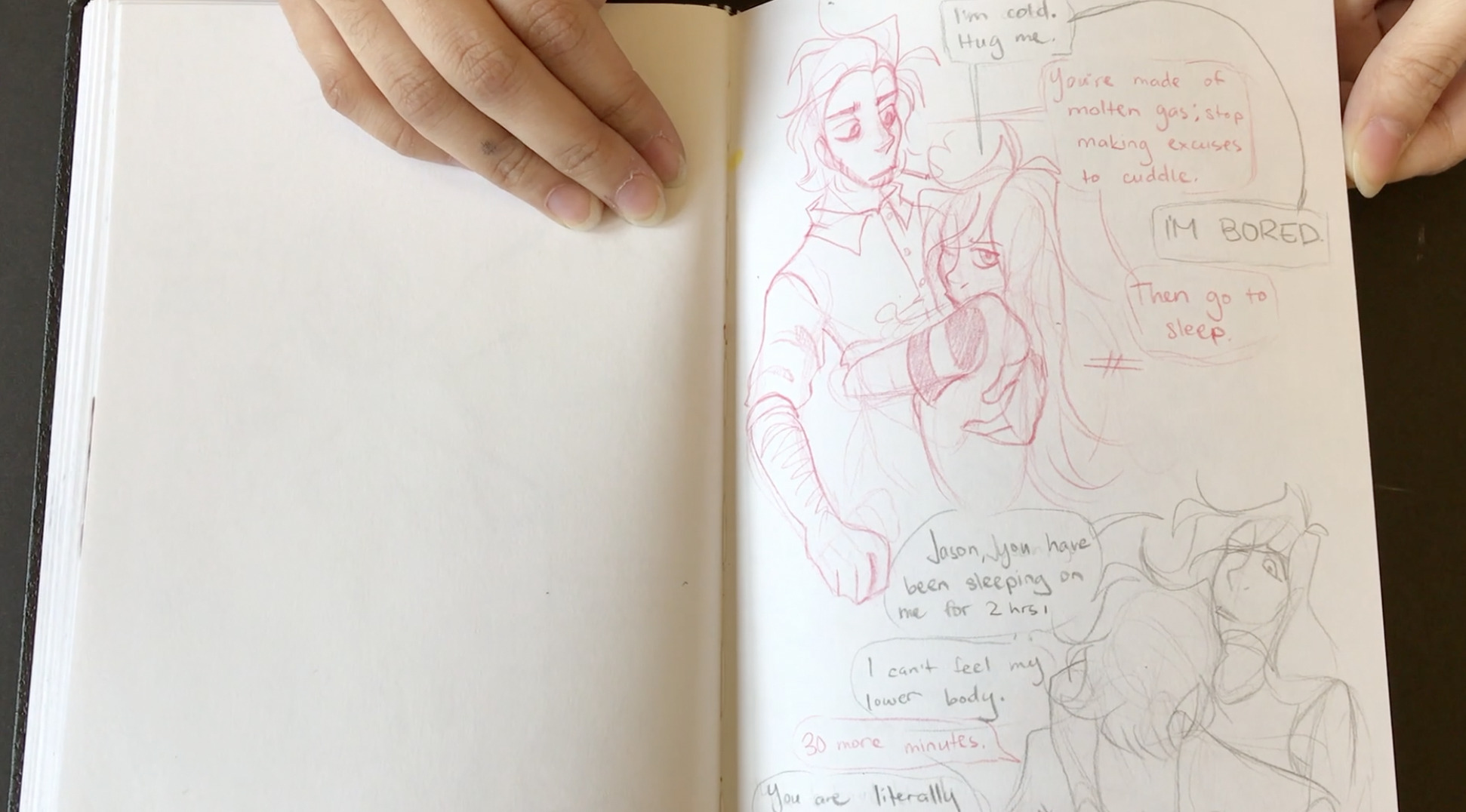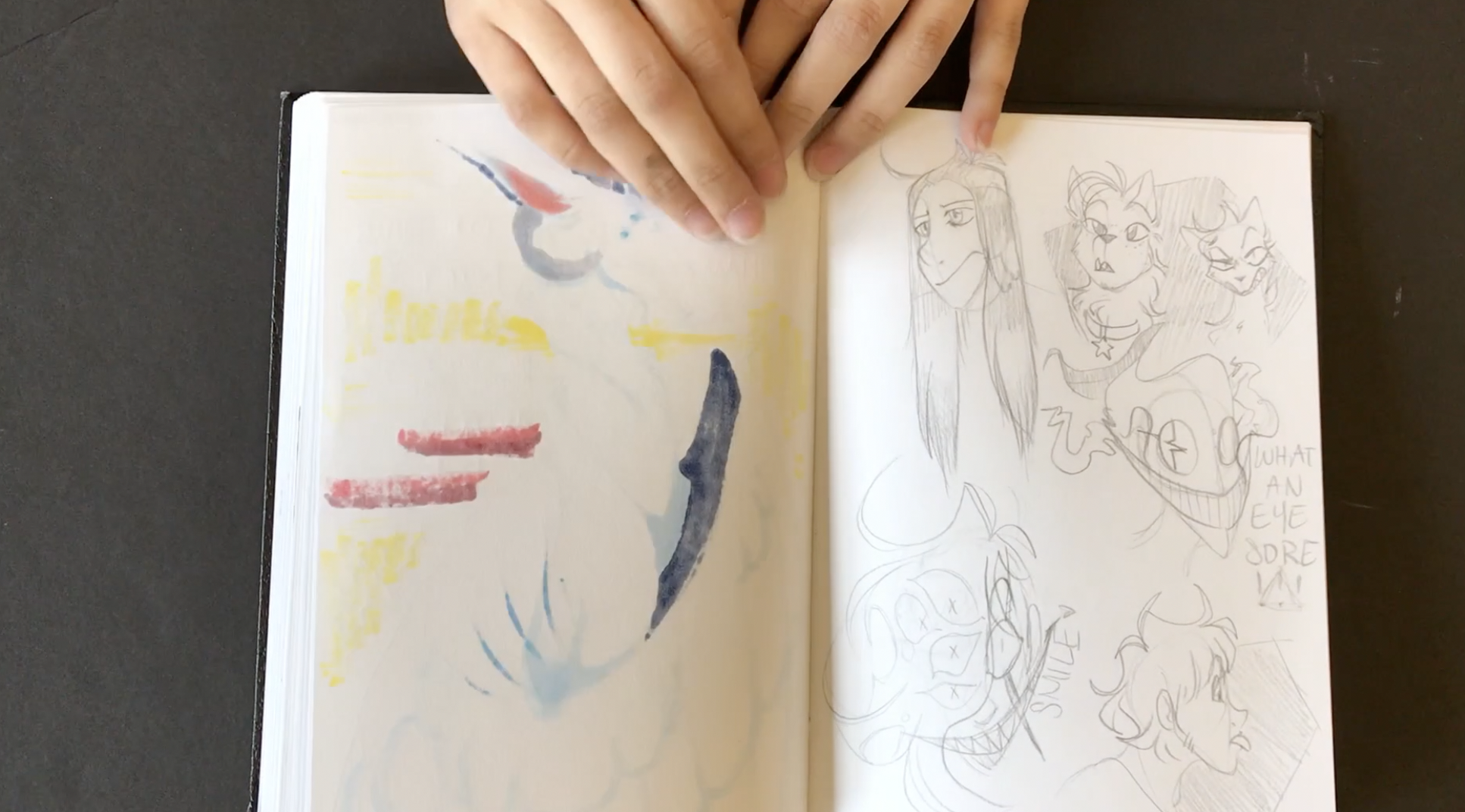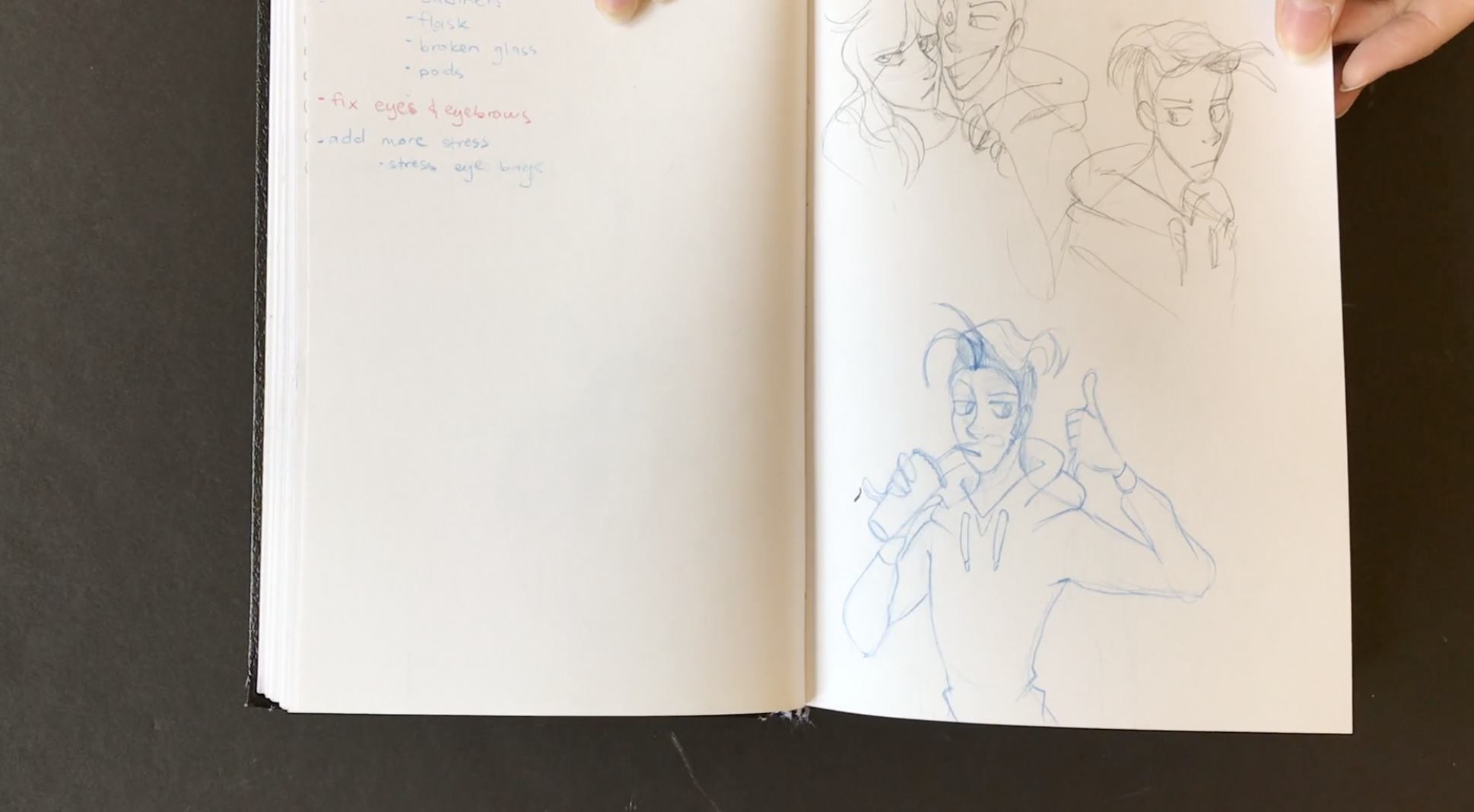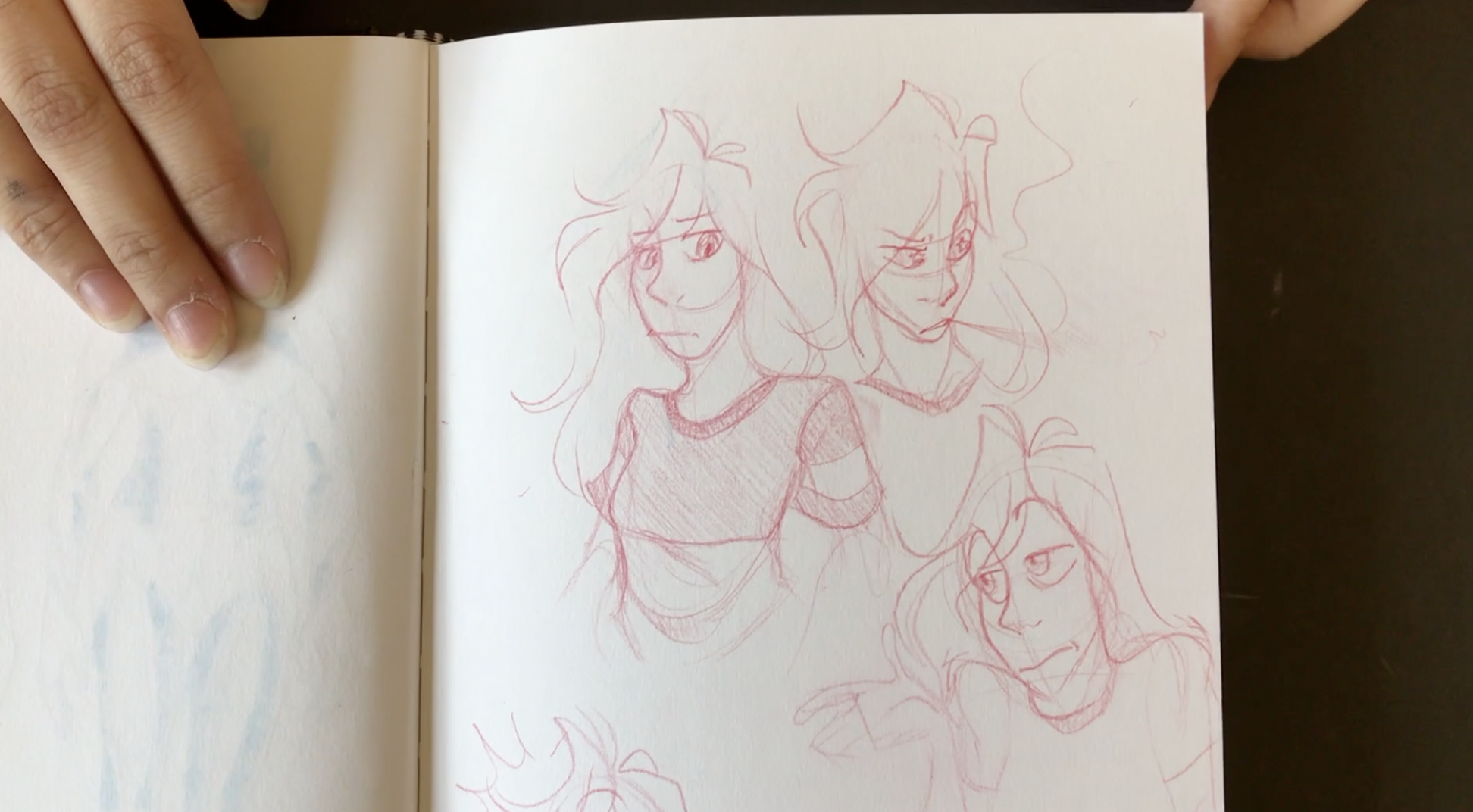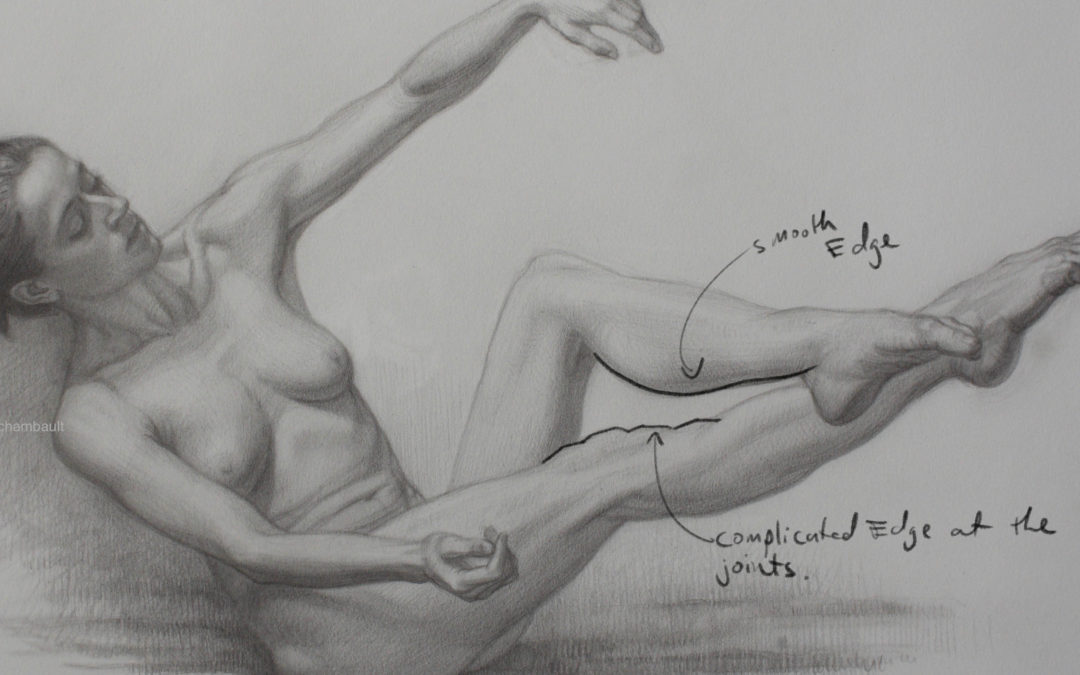
Complicating Your Edge Line
Have you ever wondered why your figure drawings look stiff? Perhaps they look too stylized for your liking. The antidote to stiffness is eliminating all straight lines.
Straight lines on the edge of your figure drawings without a doubt create a stiff look and feel. No doubtably there are no straight lines on an organic figure. Now if you are in a life drawing class sitting fifteen feet away the model, all of the edges will look straight.
However armed with the knowledge that there should be no straight lines on the figure it’s your task to curve and complicate your edge line. There are specific areas to do this.
For instance you will want to complicate edge lines at the joints. Specifically the knee, ankle, elbow, shoulder etc. You do not want to complicate the middle of a limb. Keep the middle of the model’s limbs curvy and smooth, remember complicate at the joints.
Take a look at your work, tape of few of your figure drawing on the wall. Look at them as a unit, do they look stiff? Do you see a bunch of simplified edges? Do you see straight lines on the edge of your figure drawings?
Now you know what to incorporate into your drawings to to eliminate that stylized look. You now know how to create more of a realistic look and feel.
If you are looking to learn some new drawing techniques to help improve your figure drawing definitely consider a membership to Drawing Tutorials Online. I’m particularly proud of this new twenty-eight lesson course.
All of the lessons are really short, most under ten minutes. Each lesson focuses on a different technique. The course focuses on line, proportions, shading, structure as well as form.
Not to mention you can get your figure drawings critiqued on a weekly basis in our gallery. If the technique taught in the lesson above speaks to you please leave a comment below. Thanks for reading.

